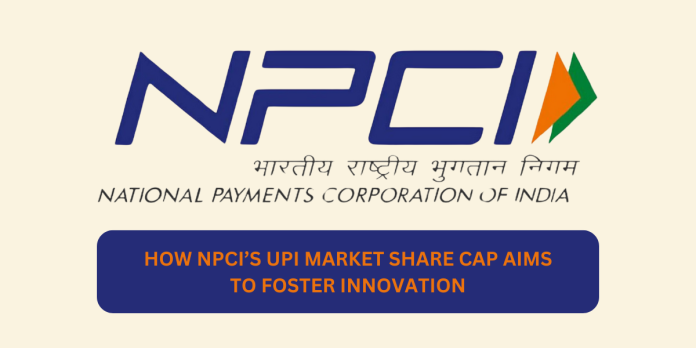The National Payments Corporation of India (NPCI) announced a 30% cap on the market share of the Unified Payments Interface(UPI) in the year 2022 but extended the timeline of its implementation to comply with the volume cap to December 2024. The decision had left the stakeholders like Google Pay and PhonePe, third-party UPI players that currently hold a substantial 86% share of all UPI-based transactions in anticipation of its implications; and now, they are facing challenges to adjust to this new regulation by December 2024.
Possible Influencing Factors
The factors influencing this decision could be risk mitigation, a strategy to avoid concentration risk as players like Google Pay and PhonePe dominate a very high volume of activity. Additionally, NPCI has also talked about the potential that UPI and digital payments hold By urging both existing and new players, including banks and non-banks, to expand their reach in UPI services. With other players coming in, an overall balance in the market could be achieved by breaking the duopoly of Google Pay and PhonePe as PhonePe holds 48.3% while Google Pay has 37.6% market share adding up to 86% of the total market share.
Know: Global Expansion Of UPI: Paving The Way For Cross-Border Transactions
RBI’s Take
The Reserve Bank of India is reportedly coming up with incentives to make UPI platforms offered by smaller players more lucrative by including offers, cashbacks, discounts etc. Moreover, other domestic players like Paytm, Amazon Pay etc are trying to come up with strategies to compete with this duopoly and after all, competition is the key to innovation.
International Expansion:
Unified Payments Interface(UPI) is also expanding internationally by growing its importance beyond domestic borders. In total, 7 Countries including Singapore, Nepal, Bhutan, Sri Lanka, UAE, Mauritius and France are accepting payments through UPI indicating its potential to become a major player globally. The convenience of making the payment makes the service desirable for countries abroad.
Read: Pros and Cons of Linking Your RuPay Credit Card with UPI
Conclusion
In conclusion, the imposition of a 30% cap on UPI market share, coupled with the RBI’s consideration of incentive plans to diversify UPI platforms, reinforces the authorities’ commitment to promoting competition, innovation, and financial inclusion.


